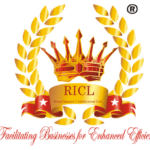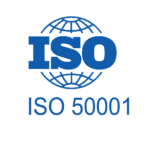When to pursue ISO Certification : A Strategic guide for organizations
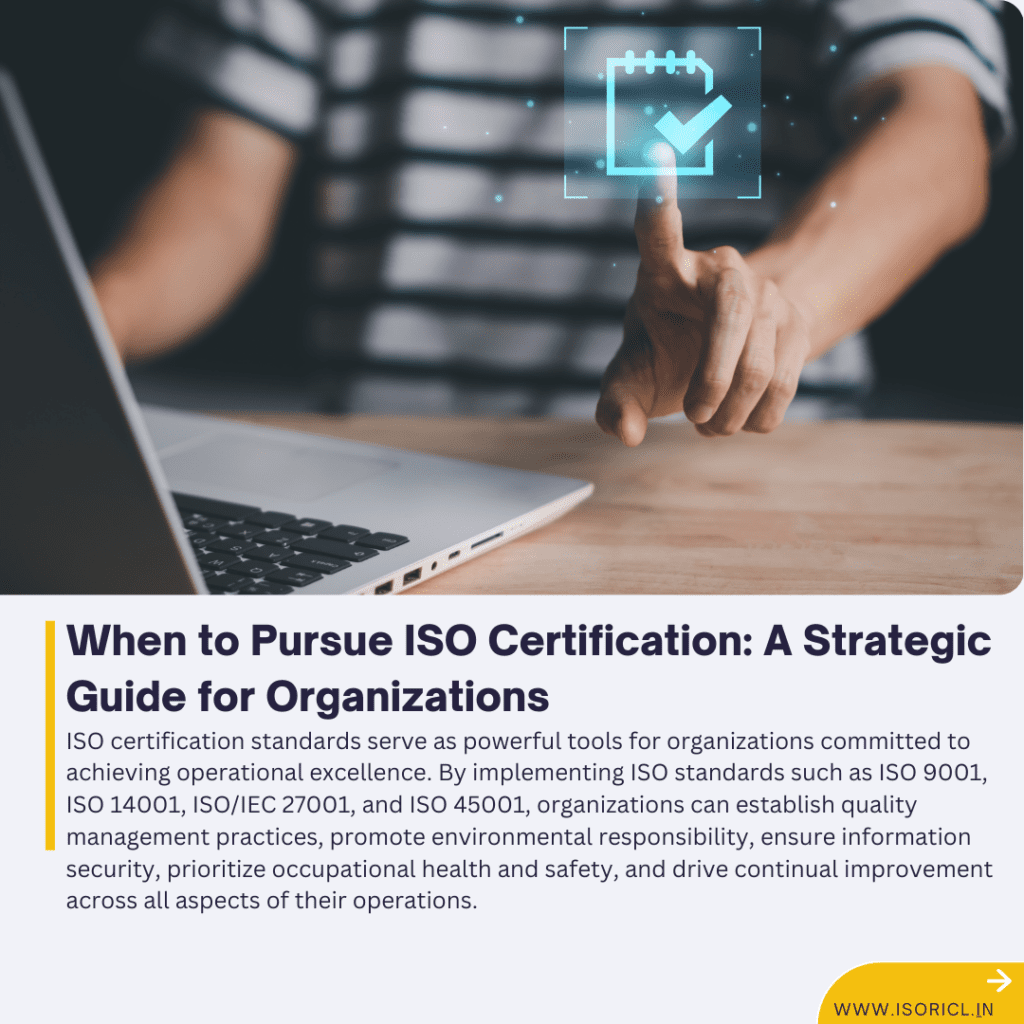
Pursuing ISO certification is a strategic decision that requires careful consideration and planning within an organization. Here’s a comprehensive guide on when organizations should pursue ISO certification strategically:
1. Strategic Alignment
Organizational Goals and Objectives
Before pursuing ISO certification, organizations should align their goals and objectives with the potential benefits of certification. Considerations include:
Market Access and Requirements: Assess whether ISO certification is necessary or preferred by your target market or industry. Many sectors, such as manufacturing, healthcare, and services, require suppliers to be ISO certified.
Competitive Advantage: Evaluate how ISO certification can differentiate your organization from competitors. Certification can enhance market credibility and attract customers who prioritize quality and reliability.
2. Operational Readiness
Process Maturity and Stability
Ensure that your organization’s processes are mature and stable enough to meet ISO standards. Factors to consider include:
Documented Processes: Have key processes and procedures documented, reflecting current practices and adhering to industry best practices.
Employee Competence: Ensure employees are trained and competent in their roles, with clear understanding of quality objectives and requirements.
3. Leadership Commitment
Top Management Support
Obtain commitment from senior management to support and drive the ISO certification initiative. This includes:
Allocating Resources: Provide necessary resources, including financial, human, and time, to implement and maintain the ISO management system.
Setting Objectives: Define clear quality objectives aligned with the organization’s strategic goals and ensure they are communicated throughout the organization.
4. Readiness Assessment
Gap Analysis
Conduct a gap analysis to assess current practices against ISO requirements. This includes:
Identifying Gaps: Determine areas where processes, procedures, or documentation need improvement to meet ISO standards.
Prioritizing Actions: Develop an action plan to address identified gaps, setting priorities based on criticality and impact on certification readiness.
5. Implementation Plan
Project Planning and Execution
Develop a detailed implementation plan for achieving ISO certification. Key steps include:
Timeline and Milestones: Define a realistic timeline for each phase of the certification process, from initial preparation to final audit.
Responsibilities and Resources: Assign roles and responsibilities to ensure accountability for tasks related to certification.
6. Internal Audits and Reviews
Testing and Validation
Conduct internal audits and reviews to validate the effectiveness of the ISO management system. This involves:
Internal Audits: Regularly audit processes and procedures to identify non-conformities and opportunities for improvement.
Management Reviews: Hold management review meetings to evaluate the performance of the ISO management system against objectives and targets.
7. External Certification Audit
Certification Body Selection
Choose an accredited certification body to conduct the external certification audit. Consider:
Expertise and Reputation: Select a certification body with experience in your industry sector and a reputation for impartiality and competence.
Audit Preparation: Prepare for the certification audit by ensuring all documentation and records are complete, accurate, and accessible.
8. Continual Improvement
Commitment to Excellence
Commit to continual improvement of the ISO management system beyond initial certification. This includes:
Feedback Mechanisms: Establish mechanisms for gathering feedback from customers, employees, and other stakeholders to drive improvements.
Benchmarking and Best Practices: Benchmark performance against industry standards and adopt best practices to enhance organizational efficiency and effectiveness.
Conclusion
Pursuing ISO certification strategically involves aligning organizational goals with certification benefits, ensuring operational readiness, securing leadership commitment, conducting readiness assessments, developing detailed implementation plans, conducting internal audits and reviews, preparing for external certification audits, and committing to continual improvement. By strategically planning and executing ISO certification initiatives, organizations can enhance their market credibility, operational efficiency, and overall performance, driving long-term success and sustainability in their respective industries.
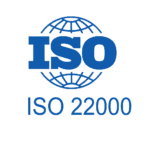
ISO 22000
Food Safety Management System

HACCP
Hazard Analysis and Critical Control Points
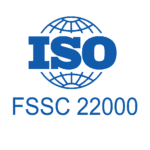
FSSC 22000
Food Safety Management Certification Scheme
ISO 22301
Business Continuity Management Systems
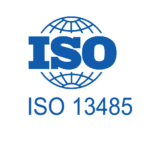
ISO 13485
Quality Management For Medical Device
ISO/IEC 27001
Information Security Management System
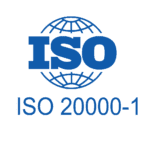
ISO 20000-1
Information Technology Service Management
ISO 42001
Artificial Intelligence Management System
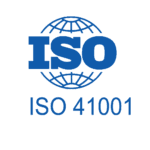
ISO 41001
Facility Management System
ISO 21001
Educational Organizations Management System
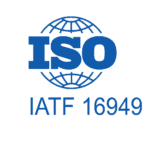
IATF 16949
Quality Management For Automotive
TL 9000
Quality Management System for Telecom
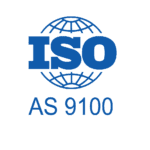
AS 9100
Quality Management for Aerospace Industry
ISO 30000
Ship Recycling Management System
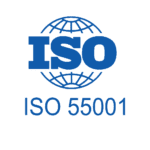
ISO 55001
Asset Management System
